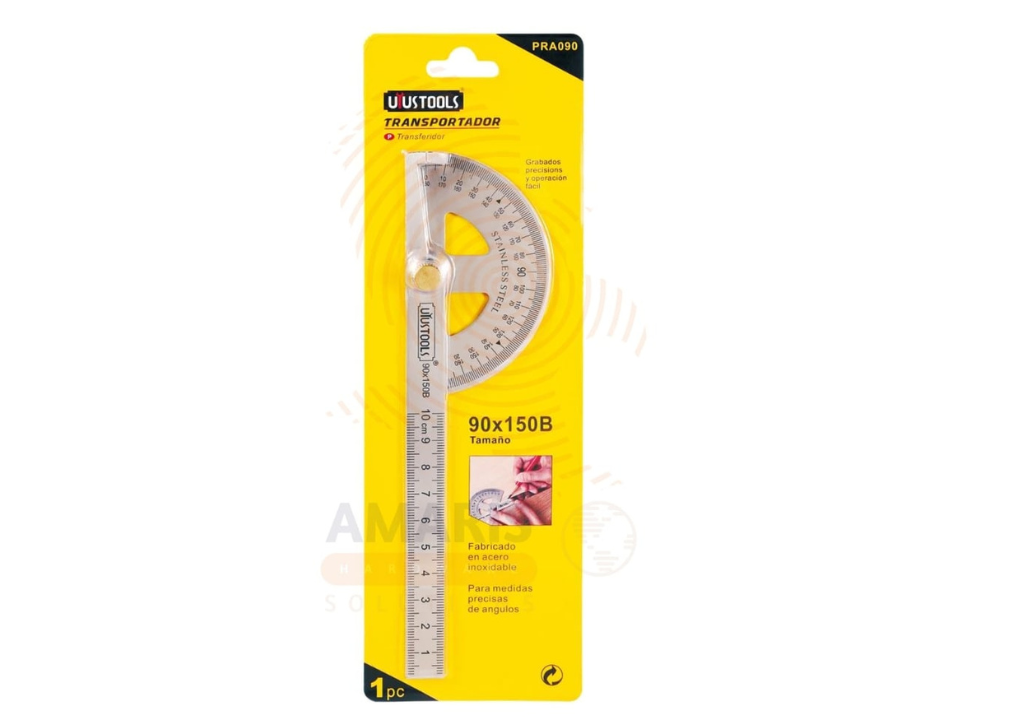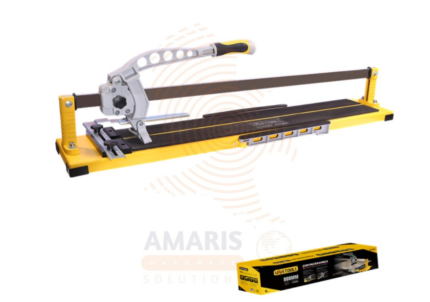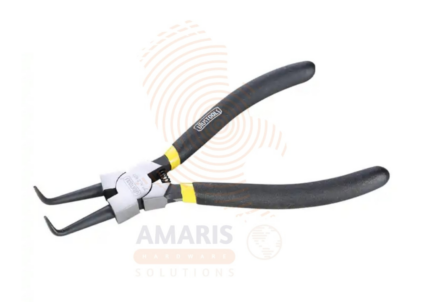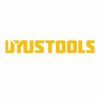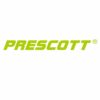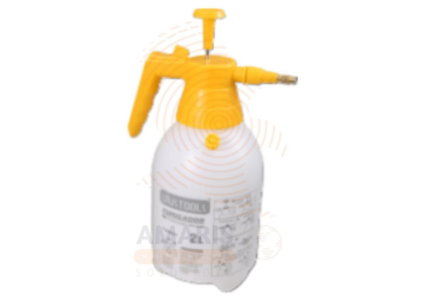
Protractor
A protractor is a measuring instrument used in geometry and mathematics to quantify angles. It typically consists of a flat, semicircular or circular tool made of transparent or opaque material, marked with degree measurements from 0 to 180 or 0 to 360. The center of the protractor usually has a pivot point, allowing it to be placed at the vertex of an angle for accurate measurement. Users align the protractor’s baseline with one side of the angle and read the degree value where the other side intersects the protractor scale to determine the angle’s measurement. Protractors come in various designs, including simple plastic versions for basic measurements and more advanced models with additional features for specific applications.
Table of Contents
ToggleProtractor
Uses
-
Geometry and Mathematics Education:
-
Angle Measurement: Protractors are commonly used in geometry classes to teach students how to measure and identify angles in geometric shapes.
-
-
Architectural and Engineering Drafting:
-
Design and Drafting: Architects and engineers use protractors to measure and draw angles accurately when creating floor plans, blueprints, and technical drawings.
-
-
Construction and Carpentry:
-
Angle Layout: Carpenters and construction workers use protractors to mark and measure angles for accurate cutting and assembly of building materials.
-
-
Navigation:
-
Map Reading and Navigation: Navigational tools may use protractors to help determine bearings and plot courses on maps, especially in marine and aviation applications.
-
-
Physics and Science Experiments:
-
Experimental Setups: In physics and other sciences, protractors are used in experimental setups to measure and analyze the angles involved in various phenomena.
-
-
Art and Design:
-
Artistic Creations: Artists and designers may use protractors to create precise angles in their works, ensuring symmetry and accurate representations.
-
-
Mechanical Engineering:
-
Machine Design: Mechanical engineers use protractors for angle measurements in the design and analysis of machine components and mechanisms.
-
-
Surveying:
-
Land Surveying: Surveyors use protractors to measure angles and bearings in the field when mapping land and determining property boundaries.
-
-
Mathematical Calculations:
-
Trigonometry: Protractors can be used in conjunction with trigonometric principles for solving mathematical problems involving angles.
-
-
DIY Projects:
-
Home Improvement: DIY enthusiasts use protractors for accurate angle measurements when working on various home improvement projects.
-
-
Metalworking:
-
-
Metal Fabrication: In metalworking and welding, protractors are used to mark and measure angles for cutting and joining metal components.
-
Safety Precautions
-
Mindful Handling:
-
Handle the protractor with care to avoid any sharp edges or corners that could cause cuts or injuries.
-
Be cautious when transporting or storing the tool to prevent damage and maintain its accuracy.
-
-
Proper Storage:
-
Store protractors in a designated place where they won't be crushed or damaged by other tools or objects.
-
Keep them away from extreme temperatures or direct sunlight, as this can affect the material and accuracy.
-
-
Pivoting Point Safety:
-
The central pivoting point of the protractor can be sharp. Avoid placing your fingers too close to this point to prevent pinching or injury.
-
When sharing protractors, ensure that users are aware of the sharp point and handle it with care.
-
-
Clear Work Area:
-
Ensure that your work area is clean and clutter-free to prevent accidents. Remove any unnecessary tools or materials that may interfere with your use of the protractor.
-
-
Use the Right Tool for the Job:
-
Select the appropriate protractor for the task at hand. Different protractors are designed for various applications, and using the right tool enhances accuracy and safety.
-
-
Be Aware of Surroundings:
-
Pay attention to your surroundings, especially when working in a group or crowded space. Avoid unintentional collisions with other individuals or objects.
-
-
Correct Alignment:
-
When measuring angles, ensure the protractor is correctly aligned with the sides of the angle. Misalignment can lead to inaccurate measurements and potentially affect the outcome of a project.
-
-
Secure Workpieces:
-
If you are using a protractor in conjunction with cutting or machining tools, secure the workpieces properly to prevent movement during the process.
-
-
Eye Protection:
-
When working with tools that generate debris or dust, wear appropriate eye protection to shield your eyes from potential hazards.
-
-
Educate and Train Users:
-
If the protractor is being used in an educational setting or workplace, provide proper training on its usage and safety guidelines.
-
Emphasize the importance of following safety protocols to minimize the risk of accidents.
-
-
Supervision for Beginners:
-
If someone is new to using a protractor or similar tools, provide supervision until they become proficient and confident in handling the tool safely.
-


 Acrylic Sealants
Acrylic Sealants Construction Adhesives
Construction Adhesives Double-Sided Tape
Double-Sided Tape Duct Tape
Duct Tape Electrical Tape
Electrical Tape Epoxy & Resins
Epoxy & Resins Masking Tape
Masking Tape
 Automotive Wrenches & Socket Sets
Automotive Wrenches & Socket Sets Battery Chargers & Jump Starters
Battery Chargers & Jump Starters Car Jacks & Stands
Car Jacks & Stands Car Wash & Detailing Products
Car Wash & Detailing Products Diagnostic Tools
Diagnostic Tools Tire Inflators
Tire Inflators Vehicle Lighting
Vehicle Lighting Oil & Lubricants
Oil & Lubricants
 Adhesives & Sealants
Adhesives & Sealants Bricks & Blocks
Bricks & Blocks Cement & Concrete
Cement & Concrete Drywall & Plaster
Drywall & Plaster Flooring (Tiles, Wood, Laminate)
Flooring (Tiles, Wood, Laminate) Lumber & Plywood
Lumber & Plywood Paints, Primers & Coatings
Paints, Primers & Coatings Insulation Materials
Insulation Materials Roofing Materials
Roofing Materials
 Circuit Breakers
Circuit Breakers Electrical Cables & Wires
Electrical Cables & Wires Switches & Sockets
Switches & Sockets Fuses & Relays
Fuses & Relays Connectors & Terminals
Connectors & Terminals Electrical Boxes & Panels
Electrical Boxes & Panels Conduit & Fittings
Conduit & Fittings Lighting Fixtures & Bulbs
Lighting Fixtures & Bulbs Extension Cords & Power Strips
Extension Cords & Power Strips
 Anchors
Anchors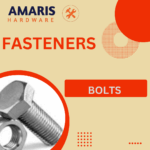 Bolts
Bolts Clips & Clamps
Clips & Clamps Screws
Screws Nuts
Nuts Washers
Washers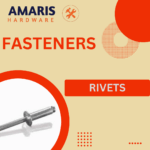 Rivets
Rivets Nails
Nails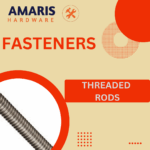 Threaded Rods
Threaded Rods
 Hammers
Hammers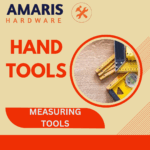 Measuring Tools (Tapes, Levels, Calipers)
Measuring Tools (Tapes, Levels, Calipers) Screwdrivers
Screwdrivers Pliers & Cutters
Pliers & Cutters Saws & Blades
Saws & Blades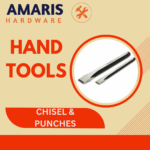 Chisels & Punches
Chisels & Punches Allen Keys & Hex Keys
Allen Keys & Hex Keys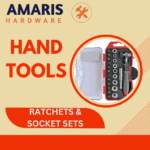 Ratchets & Socket Sets
Ratchets & Socket Sets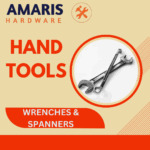 Wrenches & Spanners
Wrenches & Spanners
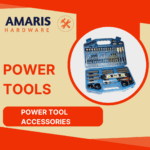 Power Tool Accessories (Blades, Bits, Discs)
Power Tool Accessories (Blades, Bits, Discs)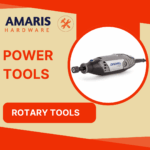 Rotary Tools
Rotary Tools Saws (Circular, Jigsaw, Reciprocating)
Saws (Circular, Jigsaw, Reciprocating)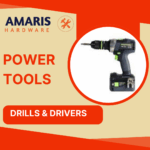 Drills & Drivers
Drills & Drivers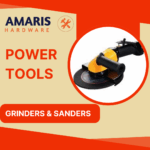 Grinders & Sanders
Grinders & Sanders Heat Guns
Heat Guns Nail Guns
Nail Guns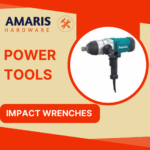 Impact Wrenches
Impact Wrenches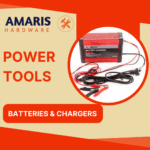 Batteries & Chargers
Batteries & Chargers
 Pipes & Fittings (PVC, Copper, PEX)
Pipes & Fittings (PVC, Copper, PEX) Plumbing Tools
Plumbing Tools Pumps & Motors
Pumps & Motors Sealants & Adhesives for Plumbing
Sealants & Adhesives for Plumbing Valves & Taps
Valves & Taps Water Heaters
Water Heaters Drainage Systems
Drainage Systems Faucets & Fixtures
Faucets & Fixtures Hoses & Tubing
Hoses & Tubing
 Hinges & Latches
Hinges & Latches Hooks & Brackets
Hooks & Brackets Window Hardware
Window Hardware Chains & Cables
Chains & Cables Casters & Wheels
Casters & Wheels Shelving & Storage Systems
Shelving & Storage Systems Door Handles & Locks
Door Handles & Locks Drawer Slides & Cabinet Hardware
Drawer Slides & Cabinet Hardware
 Personal Protective Equipment (PPE)
Personal Protective Equipment (PPE) Respirators & Masks
Respirators & Masks Safety Glasses
Safety Glasses Safes
Safes Security Cameras
Security Cameras Gloves
Gloves Helmets
Helmets Ear Protection
Ear Protection Fire Safety Equipment
Fire Safety Equipment Locks & Padlocks
Locks & Padlocks Motion Sensors & Alarms
Motion Sensors & Alarms
 Garden Fencing
Garden Fencing Garden Furniture Hardware
Garden Furniture Hardware Lawn Mowers
Lawn Mowers Trimmers & Edgers
Trimmers & Edgers Shovels & Spades
Shovels & Spades Rakes & Hoes
Rakes & Hoes Pruning Shears & Loppers
Pruning Shears & Loppers Watering Systems (Hoses, Sprinklers, Nozzles)
Watering Systems (Hoses, Sprinklers, Nozzles)
 Interior Paints
Interior Paints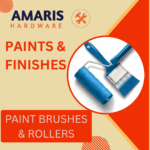 Paint Brushes & Rollers
Paint Brushes & Rollers Paint Strippers & Thinners
Paint Strippers & Thinners Paint Trays & Accessories
Paint Trays & Accessories Exterior Paints
Exterior Paints Spray Paints
Spray Paints Primers & Undercoats
Primers & Undercoats Varnishes & Stains
Varnishes & Stains
 Gaskets & Seals
Gaskets & Seals Hydraulic Fittings
Hydraulic Fittings Industrial Fasteners
Industrial Fasteners Industrial Hoses
Industrial Hoses Lubricants & Greases
Lubricants & Greases Metal Sheets & Bars
Metal Sheets & Bars Bearings & Bushings
Bearings & Bushings Belts & Pulleys
Belts & Pulleys
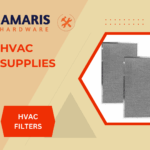 HVAC Filters
HVAC Filters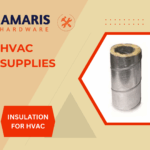 Insulation for HVAC
Insulation for HVAC Air Conditioners
Air Conditioners Refrigerants
Refrigerants Ventilation Ducts & Fittings
Ventilation Ducts & Fittings Thermostats & Controllers
Thermostats & Controllers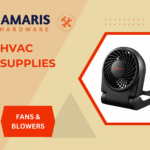 Fans & Blowers
Fans & Blowers
 Pegboards & Hooks
Pegboards & Hooks Shelving Units
Shelving Units Storage Bins & Containers
Storage Bins & Containers Toolboxes & Tool Chests
Toolboxes & Tool Chests Workbenches
Workbenches Drawer Organizers
Drawer Organizers Labeling Supplies
Labeling Supplies
 Welding Accessories (Clamps, Brushes)
Welding Accessories (Clamps, Brushes) Welding Electrodes & Rods
Welding Electrodes & Rods Welding Helmets & Gloves
Welding Helmets & Gloves Welding Machines
Welding Machines Soldering Irons & Stations
Soldering Irons & Stations Flux & Solder Wire
Flux & Solder Wire
 Generator Accessories
Generator Accessories Inverters
Inverters Portable Generators
Portable Generators Power Inverters
Power Inverters Transfer Switches
Transfer Switches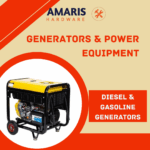 Diesel & Gasoline Generators
Diesel & Gasoline Generators
 Transport Equipment: Carts, Dollies, and Hand Trucks
Transport Equipment: Carts, Dollies, and Hand Trucks Storage Solutions: Pallets, Racks, and Containers
Storage Solutions: Pallets, Racks, and Containers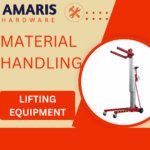 Lifting Equipment: Hoists, Cranes, and Jacks
Lifting Equipment: Hoists, Cranes, and Jacks Conveyors and Accessories: Belts and Rollers
Conveyors and Accessories: Belts and Rollers